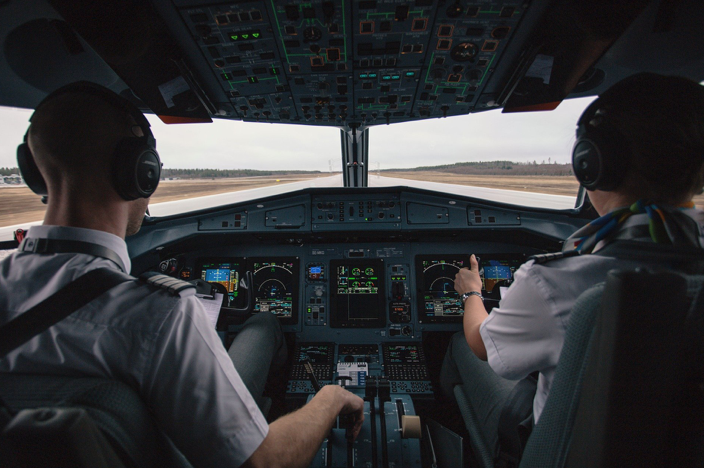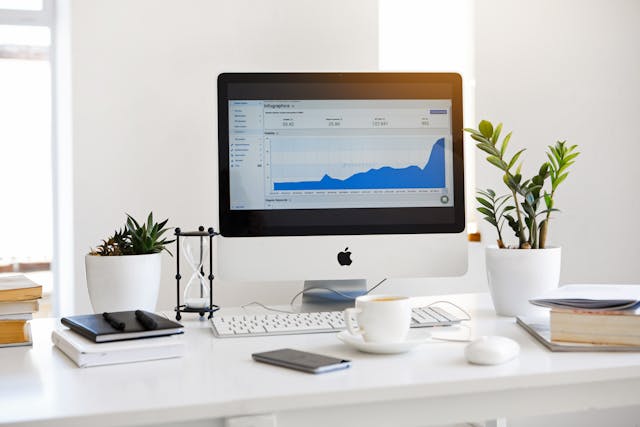Currently, demand is driven by incidence figures, reproduction values and the associated restrictions and guidelines of governments worldwide, forcing hoteliers to constantly adjust planning and “forecasting at sight”.
Forecasts justify strategies
A forecast is a prediction about future developments. When it comes to forecasting hotel demand, we can never really say that we know exactly what will happen, but rather what is highly likely to happen. The forecast quantifies the uncertainty of the future. Forecasting and planning help hotels turn intangible uncertainty into measurable risk. They are the basis for decisions in hotel and revenue management, and promising strategies require a lot of informed decisions.
The dilemma of historical data
Facts form the basis of forecasts. A forecast of the future is made on the basis of past and present data as well as booking tempo. But what can be done when the data and series of figures on demand and booking behaviour of the individual market segment groups, painstakingly collected over years in Excel, lose their relevance for current forecasts? More than ever, the individual input factors of the forecast require a different weighting (focus on recent trends) and other considerations that have often been neglected up to now, such as the “uncertainty” factor, play an important role in the analytical forecast process.
Complicated vs. complex processes
Therefore, in times of machine learning, artificial intelligence (AI), predictive analytics and other fashionable terms, it is surprising to see the large number of hotels that bundle human resources for the manual creation of statistics, trend analyses, planning and forecasting in Excel instead of using them for strategic decisions and the development of digital processes. Equally surprising is the number of hotels that currently ignore their revenue management systems or even switch them off for cost reasons.
Digitalisation requires changed skills and processes in hotel and revenue management. Large amounts of data from different sources have to be converted into information in real time. IT systems and scientific revenue management systems are better suited than humans for these complicated work processes. Algorithms, with their step-by-step, repetitive schema, make it possible to transform complicated issues into accurate information instantly. However, we often question this information and put a lot of emphasis on explainability, i.e. why an algorithm decides one way and not another.
Instead, we should use our human skills and take on a more strategic role. The insights and trend analyses provided help us to holistically manage the multitude of other influencing factors and the extent of their mutual interdependencies, i.e. the complex process.
The Flight Deck of the Hotels
Similar to the cockpit of an aircraft, the hotel should integrate instruments and tools with different core competencies and continuously monitor their outcome in order to quickly intervene and react to changes. While high performance revenue management systems (e.g. IDeaS) and market intelligence systems focus on forecasting demand in the lodging sector, planning and financial software providers, such as Fairma’s FairPlanner, consolidate the financial forecasting and planning process by integrating accounting data and other revenue streams. And promote close and transparent collaboration between revenue management, sales and finance.
Forecasting and planning are more difficult and important than ever in the era of COVID-19. The ability to create different what-if scenarios increases transparency and flexibility in decision-making.
Through different tools and the use of AI, the hotel can improve the speed and quality of forecasting and planning, develop current insights and trends for performance management and identify key business drivers. It helps make the hotel more resilient and agile.






